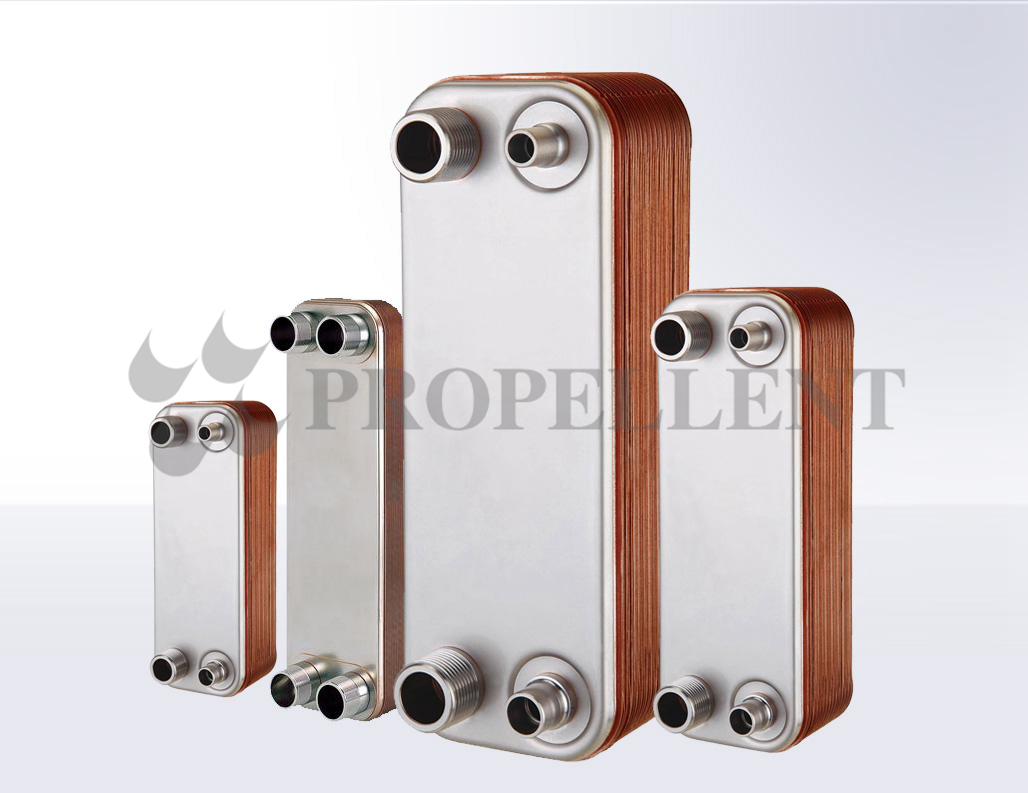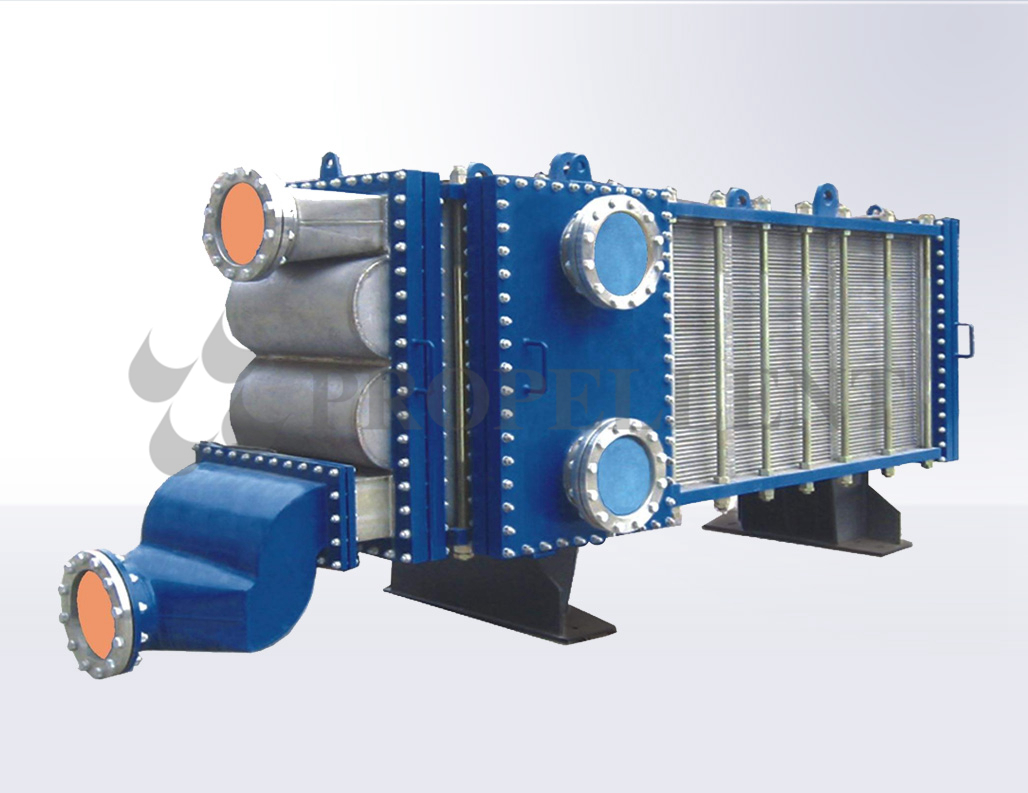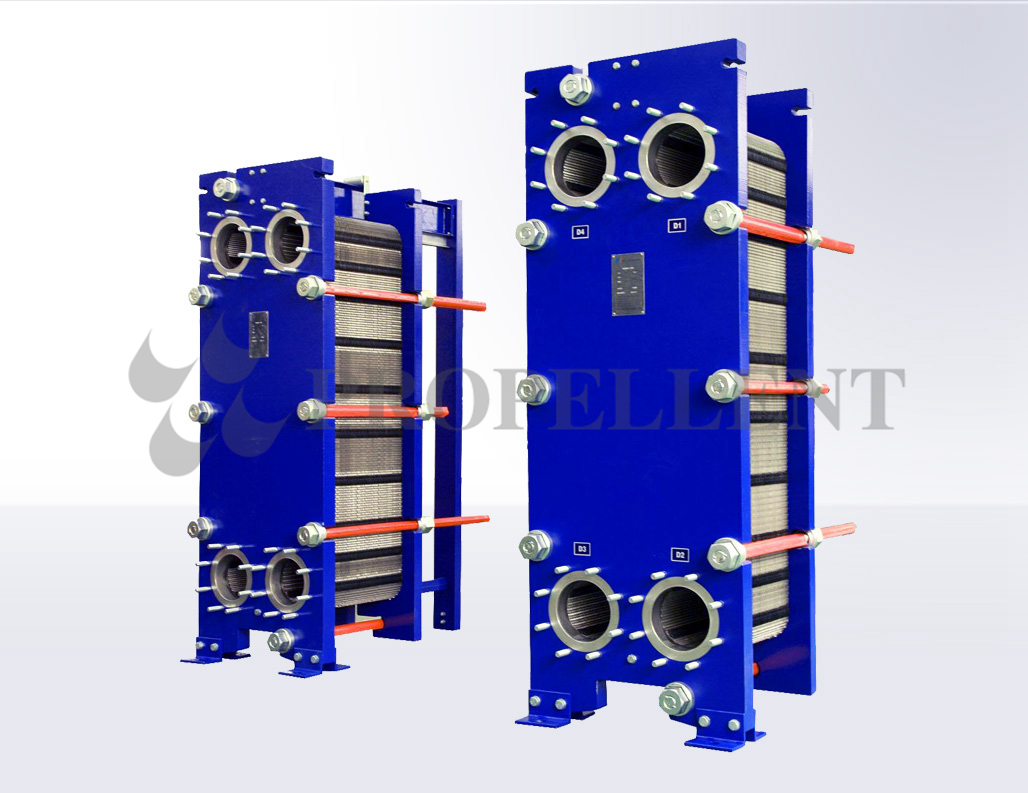Position: Home>News Center>News>How to increase the logarithmic average temperature difference of plate heat exchanger?
News
How to increase the logarithmic average temperature difference of plate heat exchanger?
Source
:http://www.puruipule.cn
Time:2020-06-05 15:42:47
Clicks:444
The logarithmic average temperature difference of the plate heat exchanger refers to the average value of the temperature difference between the two sides of the plate surface to the area, and is an important index for evaluating the heat exchange performance of the plate heat exchanger.
The following editors from Prepler introduce to you the methods to improve the logarithmic average temperature difference of plate heat exchangers:
1. Common flow patterns of heat exchangers are counterflow, cocurrent and mixed flow patterns. For the heat exchangers of various flow types, under the same inlet and outlet temperature conditions, the logarithmic average temperature difference of the countercurrent is large, and the cocurrent is small, and the mixed flow type is between the two.
Therefore, when designing and selecting the heat exchanger, the counter-current or near-current mixed flow type should be adopted as much as possible.
2. Increase the temperature of the hot-side fluid as much as possible or reduce the temperature of the cold-side fluid. Increase the temperature difference between cold and hot fluids to increase the average temperature difference.
3. For the plate heat exchangers arranged in a single process, for the convenience of maintenance, the fluid inlet and outlet pipes should be arranged on the side of the fixed end plate of the heat exchanger as much as possible. The arrangement of multiple processes has a great influence on the average temperature difference.
The greater the temperature difference of the medium, the stronger the natural convection of the fluid and the greater the influence of the formed retention zone.
Therefore, the position of the medium inlet and outlet should be arranged according to the hot fluid up and down, and the cold fluid up and down, to reduce the impact of the stagnation zone and improve the heat transfer efficiency.
The following editors from Prepler introduce to you the methods to improve the logarithmic average temperature difference of plate heat exchangers:
1. Common flow patterns of heat exchangers are counterflow, cocurrent and mixed flow patterns. For the heat exchangers of various flow types, under the same inlet and outlet temperature conditions, the logarithmic average temperature difference of the countercurrent is large, and the cocurrent is small, and the mixed flow type is between the two.
Therefore, when designing and selecting the heat exchanger, the counter-current or near-current mixed flow type should be adopted as much as possible.
2. Increase the temperature of the hot-side fluid as much as possible or reduce the temperature of the cold-side fluid. Increase the temperature difference between cold and hot fluids to increase the average temperature difference.
3. For the plate heat exchangers arranged in a single process, for the convenience of maintenance, the fluid inlet and outlet pipes should be arranged on the side of the fixed end plate of the heat exchanger as much as possible. The arrangement of multiple processes has a great influence on the average temperature difference.
The greater the temperature difference of the medium, the stronger the natural convection of the fluid and the greater the influence of the formed retention zone.
Therefore, the position of the medium inlet and outlet should be arranged according to the hot fluid up and down, and the cold fluid up and down, to reduce the impact of the stagnation zone and improve the heat transfer efficiency.
Keywords:plate heat exchanger



